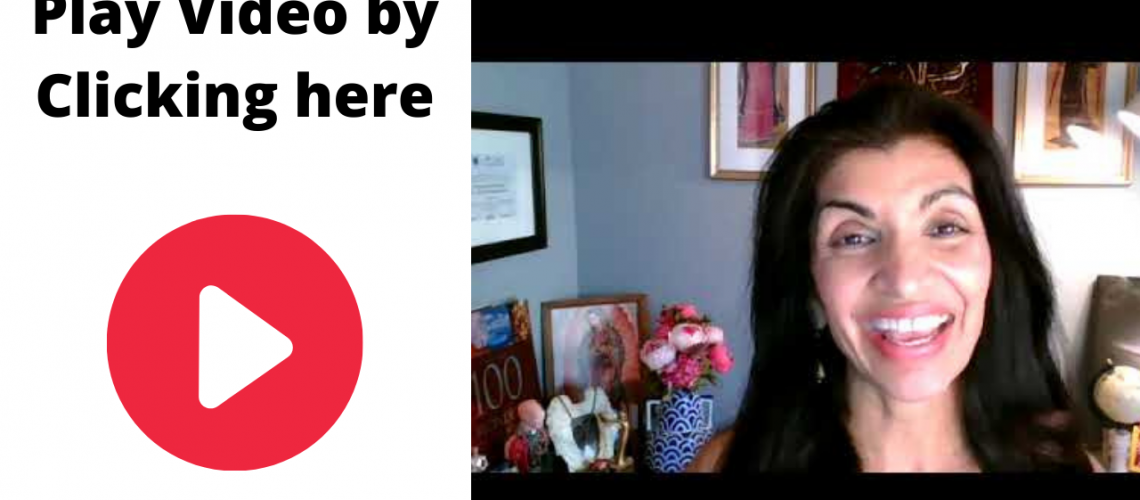de·fense mech·an·ism/d??fens,d??fens,?d??fens ?mek??niz?m/nounplural noun: defense mechanisms
- an automatic reaction of the body against disease-causing organisms.
- a mental process (e.g., repression or projection) initiated, typically unconsciously, to avoid conscious conflict or anxiety.
1. Take Responsibility
Be as Kind to Yourself as possible
Know What You Actually Wanted
Attachment Theory
Summary:
The attachment theory argues that a strong emotional and physical bond to one primary caregiver in our first years of life, is critical to our development. If our bonding is strong and we are securely attached, then we feel safe to explore the world. We know there is always that safe base, to which we can return to anytime. If our bond is weak, we feel insecurely attached. We are afraid to leave or explore a rather scary-looking world. Because we are not sure if we can return.
Four Possible OUTCOMES FROM CHILDHOOD:
1. Securely Attached
2. Anxious/Ambivalent
3. Anxious/Avoidant
4. Anxious/Disorganized
How to Over-come any Defense Mechanism
How to be Mentally Strong
What are the five components of emotional intelligence?According to Daniel Goleman , an American psychologist who helped to popularize emotional intelligence, there are five key elements to it:
- Self-awareness.
- Self-regulation.
- Motivation.
- Empathy.
- Social skills.
Psychiatrist George Eman Vaillant introduced a four-level classification of defence mechanisms:
- Level I – pathological defences (psychotic denial, delusional projection)
- Level II – immature defences (fantasy, projection, passive aggression, acting out)
- Level III – neurotic defences (intellectualization, reaction formation, dissociation, displacement, repression)
- Level IV – mature defences (humour, sublimation, suppression, altruism, anticipation)

2. Create an Anchor from
Neuro-Linguistic Programming (NLP)
Intensity
- . Firstly, think of an emotion you would like to anchor. …
- Think of an anchor that you would like to use. …
- Recall the emotion you wish to anchor and get yourself at the peak of emotional intensity.
- Engage your trigger. …
- Repeat as much as you like, the more you do it, the stronger the anchor becomes. …
Increase your self-awareness with one simple fix
3. Create Boundaries
https://coda.org/working-the-12-steps/mark-10-9-18
Connection Recovery Stories
Healthy Boundaries
My name is Mark and I am a codependent This week I relearned a valuable lesson. I want to focus on the relearning part. I wonder if working all 12 steps in CoDA will help me not to have to relearn basic truths that make me healthy. Well, either way I am gifted to be able to practice a healthy behavior all over again.
As I was growing up I felt that I had to be funny and pleasing to everyone and agreeable. And a lot of that really was enjoyable. My sponsor or someone I can’t remember told me that it is not wrong to please others. I think what is unhealthy is striving to please others when I don’t really want to do that. When it goes against my truth and/or robs me of my serenity. My sponsor told me this week that the most important thing I can do is take care of Mark. Then I will have a basis to move out and help others.
The problem I had this week was that my relatives were asking for rides almost every day. I don’t mind giving people rides but I started to feel put upon and I started to fear that they were trying to dominate and intimidate me. I felt these ugly feelings inside yet I didn’t understand what I was doing wrong. I talked it over with my sponsor. I had an old tape running that was influencing my behavior. I had interpreted Christianity to mean that I had to give everyone everything they asked for at any time, all the time. I decided to create a boundary when this information was revealed to me. I wrote about what would make me feel most comfortable and then I presented it to them. I texted them and said ” I will be able to give you rides twice a month. You can choose the days and I will be happy to do that for you.”
They refused to cooperate with my boundary and that is totally up to them. They have a right to refuse my boundary and I have a right to withdraw my help. Not to punish them but to honor and protect myself. My serenity and recovery comes first. And it’s a pleasure to live this way today. I feel a power from within and it feels a lot like joy and play. I am happy now that I have my center back. Thanks for listening.
Mark C – 7/11/18

